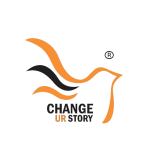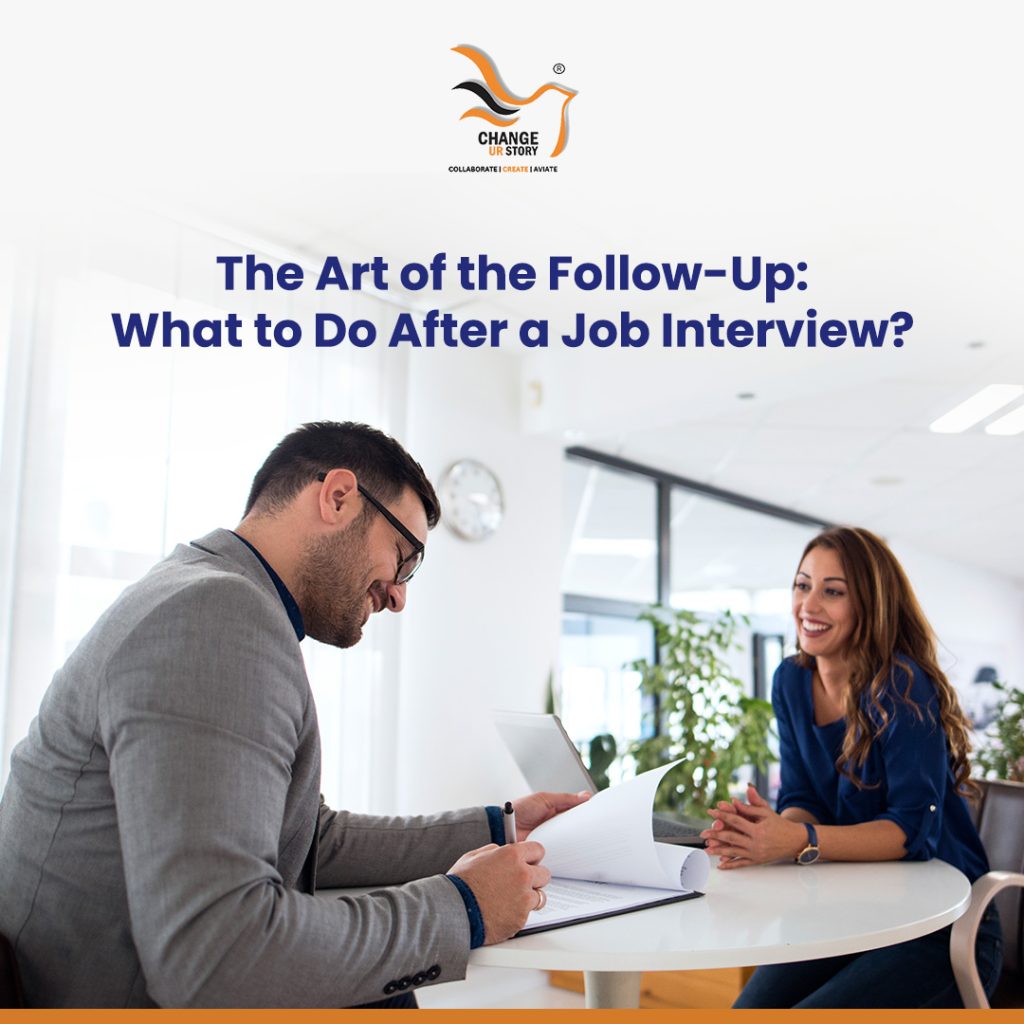A job interview isn’t over once you leave the room or end the virtual call. What follows afterward can be just as influential as your performance during the meeting. While most candidates devote time to preparing answers, perfecting their resumes, and presenting themselves well, they often neglect one vital step: the follow-up..
Following up after an interview is not only good etiquette—it’s also a strategic move that can influence the hiring manager’s decision. It demonstrates professionalism, reinforces your interest in the role, and gives you one more chance to stand out. Mastering the art of follow-up is an essential skill in interview preparation that can give you a competitive edge.
We’ll explore why the follow-up matters, what steps you should take, and how to ensure your post-interview strategy makes a lasting impression.
Why Following Up Matters
In today’s competitive job market, employers interview many candidates who often have similar qualifications and experience. What separates one applicant from another is the overall impression left behind. A thoughtful follow-up can:
- Remind the interviewer of your skills and value
- Show professionalism and respect for their time
- Keep you top of mind during the decision-making process
Without a follow-up, you may blend in with other candidates. With it, you create an additional opportunity to build rapport and highlight your fit for the position.
Step 1: Express Gratitude
The first rule of a strong follow-up is to say thank you. Gratitude goes a long way in professional settings. Within 24 hours of your interview, send a personalized thank-you email to the interviewer. This message should:
- Acknowledge the time they spent speaking with you
- Highlight something you appreciated about the conversation
- Reiterate your interest in the role
Expressing gratitude leaves a lasting impression, showing that you respect the interviewer’s time and are genuinely invested in building professional connections.
Step 2: Reinforce Your Key Strengths
A follow-up message is also an opportunity to remind the employer why you are the right candidate. Rather than sending a generic thank-you note, focus on reinforcing the skills or qualities that make you a strong fit for the job.
You can briefly highlight:
- Specific strengths that align with the role
- Achievements that demonstrate your capabilities
- How you can contribute to the company’s goals
This approach ensures that your name is associated with both professionalism and value, making you harder to forget.
Step 3: Personalize Your Message
Hiring managers can easily spot a copy-paste thank-you email. Personalization shows effort and sincerity. Mention something specific from the interview, such as a topic you discussed, a company initiative that impressed you, or an aspect of the role that excites you.
By personalizing your follow-up, you transform it from a polite gesture into a meaningful continuation of your conversation. This small detail demonstrates strong communication skills, attention to detail, and genuine interest.
Step 4: Time Your Follow-Up Wisely
Timing plays a crucial role in post-interview etiquette. Sending your thank-you email too late may cause you to miss the window when the interviewer is still evaluating candidates.
Best practices include:
- Sending your first thank-you email within 24 hours
- Waiting at least a week before checking in if you haven’t heard back
- Respecting the timeline they shared during the interview (if they mentioned when decisions would be made)
Thoughtful timing strikes a balance between eagerness and patience, which reflects well on your professionalism.
Step 5: Know When to Follow Up Again
Sometimes employers take longer than expected to finalize their decisions. If you haven’t heard back by the stated timeline—or if no timeline was provided—it is acceptable to send a polite follow-up email.
This message should:
- Politely inquire about the status of your application
- Reaffirm your interest in the role
- Thank them again for the opportunity
Keep your message concise, polite, and professional. Since employers often have limited time, repeated or insistent follow-ups can create a negative impression. The aim is to demonstrate interest while maintaining courtesy.
Step 6: Use LinkedIn Strategically
An additional way to follow up is by reaching out to your interviewer on LinkedIn. Accompany your connection request with a brief, courteous note referencing your discussion. This not only strengthens your professional network but also keeps you on the employer’s radar.
Even if you don’t get the job, maintaining a professional connection can open doors to future opportunities within the same company or industry. Networking is a long-term investment, and interview follow-ups are an excellent way to build relationships.
Step 7: Handle Silence Gracefully
Not every follow-up will receive an immediate response, and sometimes employers may not reply at all. While silence can feel discouraging, it’s important to stay professional. Avoid repeated messages or frustration. Instead, treat the process as a learning experience and move forward with other applications.
Handling silence gracefully demonstrates resilience, maturity, and respect for professional boundaries—all qualities that employers value.
Step 8: Keep Your Momentum
While waiting to hear back after an interview, it’s tempting to pause your job search. However, career coaching emphasizes that you should never stop applying until you’ve received a formal offer.
Continue exploring other opportunities, networking, and preparing for upcoming interviews. By keeping your momentum, you reduce stress, maintain confidence, and increase your chances of success.
Step 9: Reflect on the Interview
Following up is not only about maintaining communication with the employer; it is also an opportunity for self-reflection. After each interview, take time to assess what worked well and what areas could be strengthened.
Ask yourself:
- Did I clearly communicate my skills and value?
- Did I prepare well enough for the questions asked?
- How can I refine my responses for next time?
This reflection ensures that you continuously improve with each interview, making you more confident and effective as a candidate.
Step 10: Maintain a Professional Mindset
Throughout the follow-up process, professionalism should guide your actions. From the tone of your emails to the patience you show while waiting for responses, every step reflects your character. Employers notice candidates who act with integrity, respect, and consistency.
A professional approach not only helps with the immediate interview but also builds a positive reputation that can benefit you in future interactions with the company or industry professionals.
Final Thoughts
The job interview does not end when the conversation stops. What you do in the hours and days afterward can significantly influence the outcome. The art of follow-up involves expressing gratitude, reinforcing your strengths, personalizing your communication, and maintaining professionalism at every stage.
By mastering follow-up etiquette, you demonstrate that you are thoughtful, proactive, and genuinely interested in the opportunity. Even if you don’t get the job, a strong follow-up can leave a lasting impression, expand your network, and position you for future roles.
In the end, effective follow-up is not just about securing a single job—it’s about building relationships, showcasing professionalism, and taking control of your career journey. Treat every follow-up as an extension of your personal brand, and you will stand out in a crowded job market.


